Fall is the perfect time to give your lawn a second chance to shine. After enduring a summer of heat, foot traffic, and dry spells, it's no surprise that your grass looks patchy, thin, or tired.
Overseeding your lawn in fall is one of the most effective ways to thicken grass, fill in bare spots, and naturally crowd out weeds, giving your lawn a fresh start without starting from scratch.
Cooler temperatures and steady moisture create the perfect growing conditions for new grass seed to take root and grow.
In this guide, we'll walk you through every step to help your lawn head into winter stronger, greener, and ready for a healthy spring comeback.

Overseeding means spreading new grass seed over your existing lawn to improve its thickness, color, and overall health. If your lawn has predominantly cool-season grass, fall is the ideal time to overseed it. That's because the conditions are just right: warm soil, cool air, and consistent moisture help seeds germinate quickly and grow strong.
If you don't know what grass is planted in your lawn, follow our guide: How to Identify Different Types of Lawn Grass.
Here's why it's worth doing:
Aim to overseed at least 45 days before your area's first expected frost. That gives your new grass enough time to take hold before winter sets in. Once the timing is correct, the process unfolds through a few simple, purposeful steps that help your lawn recover and renew.
With proper preparation and timing, you can transform thin, patchy grass into a thicker, healthier turf. Let's walk through each step so you can get started with confidence:
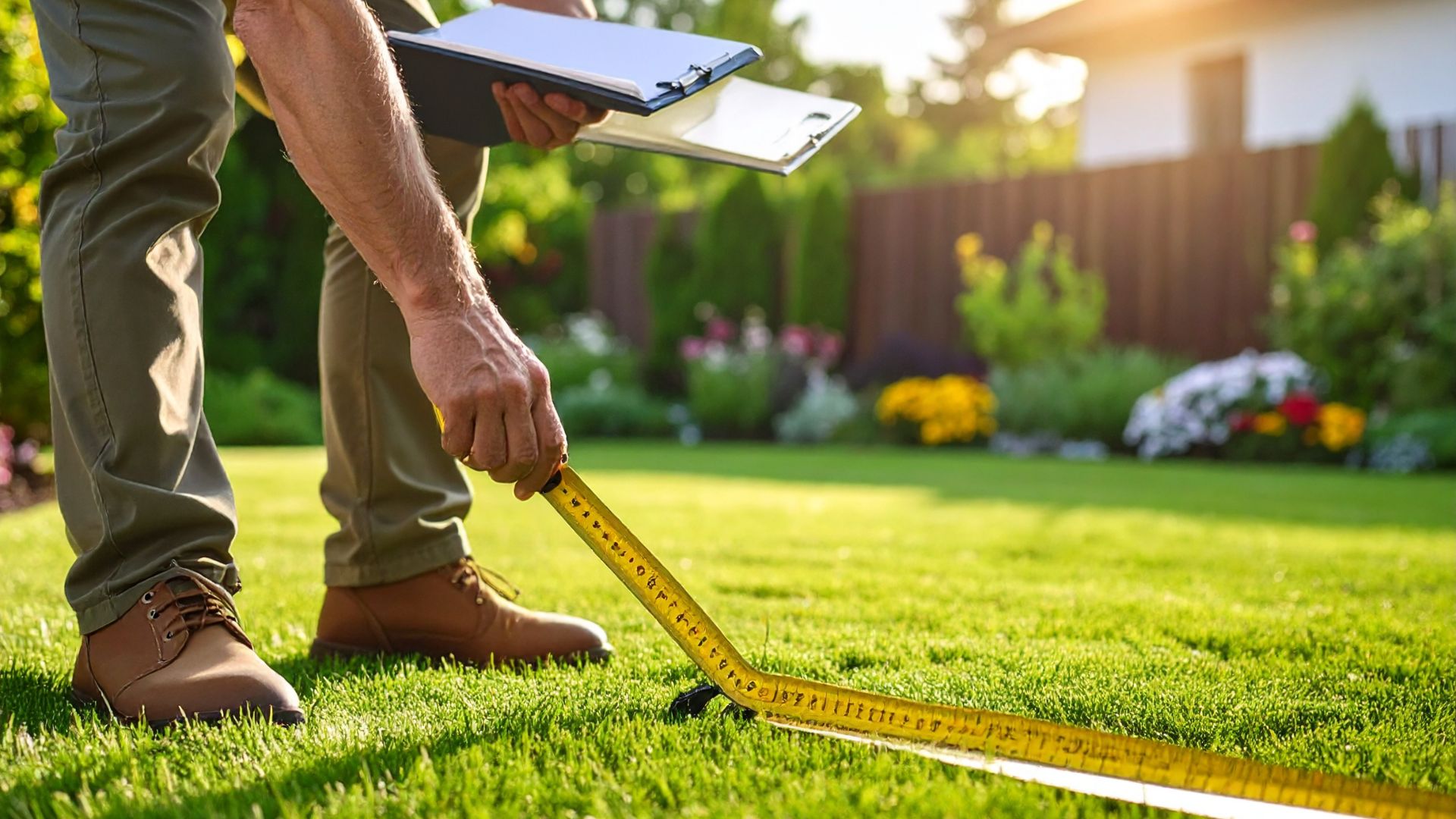
Knowing your lawn's size helps you apply seed and fertilizer correctly. It saves time, money, and ensures even coverage. Before you buy your seed and fertilizer, take a few minutes to calculate your lawn's total square footage:
This simple step prevents waste and helps ensure healthy, even growth across your lawn.
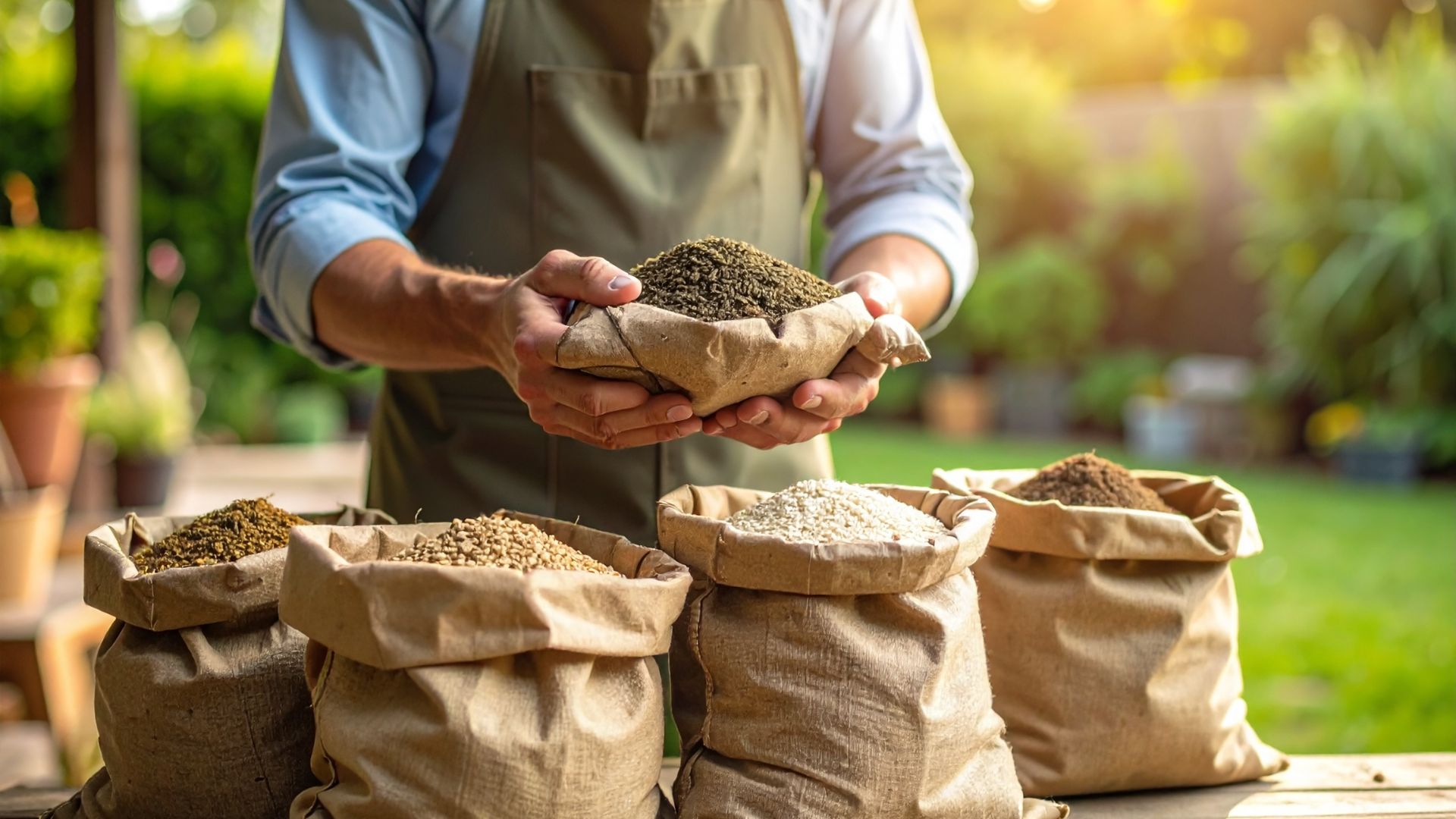
Not all grass seed is suitable for your lawn. Choosing the right type for your lawn and region is key to successful overseeding. Cool-season grasses grow best when overseeded in the fall, especially in northern climates such as Buffalo and Amherst.
To find the best match for your lawn:
Using quality seed suited to your conditions ensures that new growth will be strong, healthy, and long-lasting.

Lowering your mowing height helps new seed make direct contact with the soil, which is essential for germination. You don't need to scalp your lawn, but a shorter cut creates space for seed to settle and sunlight to reach the soil.
Here's how:
This step sets the stage for the seed to root deeply and grow evenly.
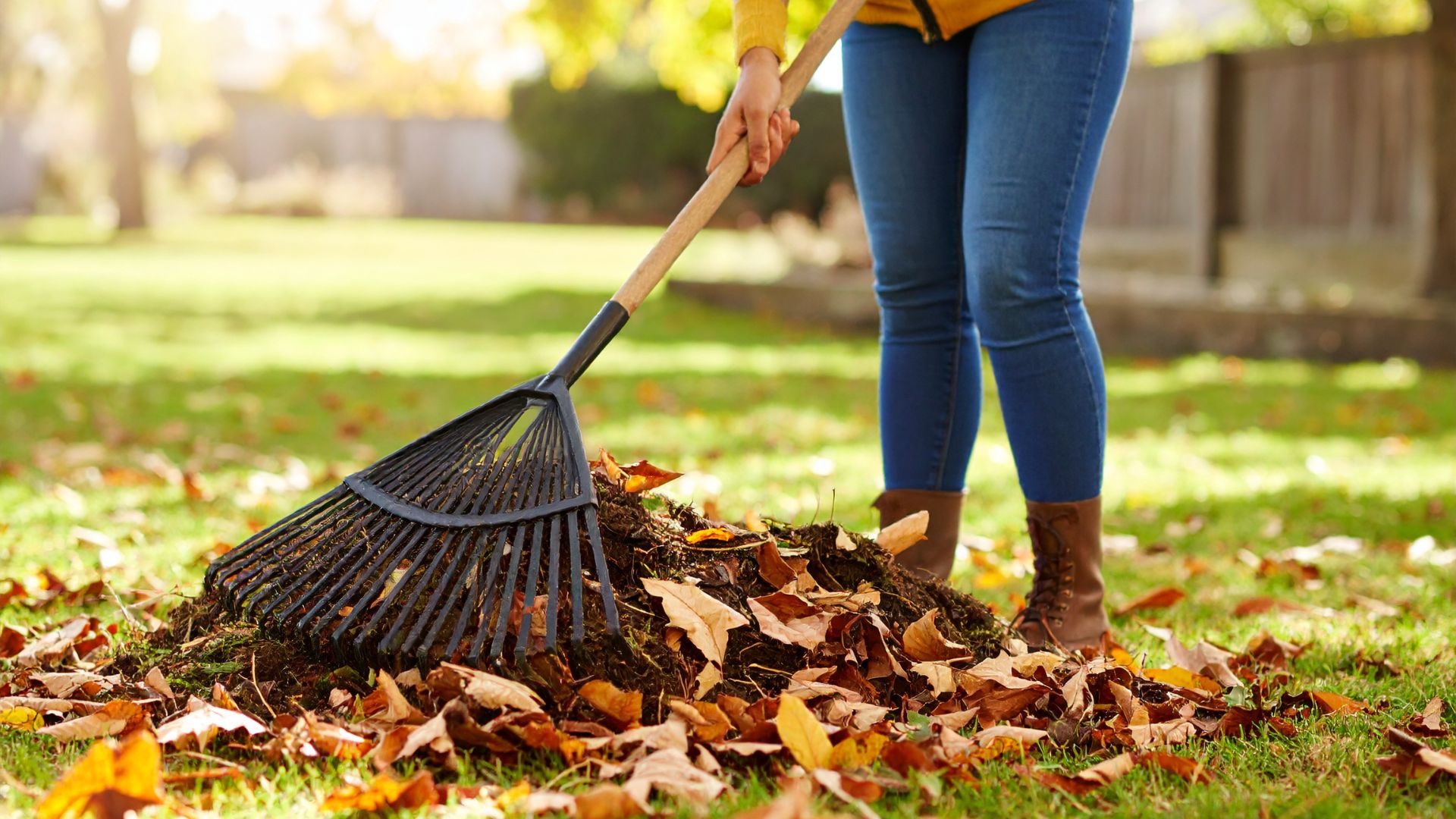
For your seed to grow, it needs contact with the soil, not layers of dead grass, leaves, or buildup. After mowing, give your lawn a good cleanup:
Clearing the surface improves the chances of each seed germinating and taking root.
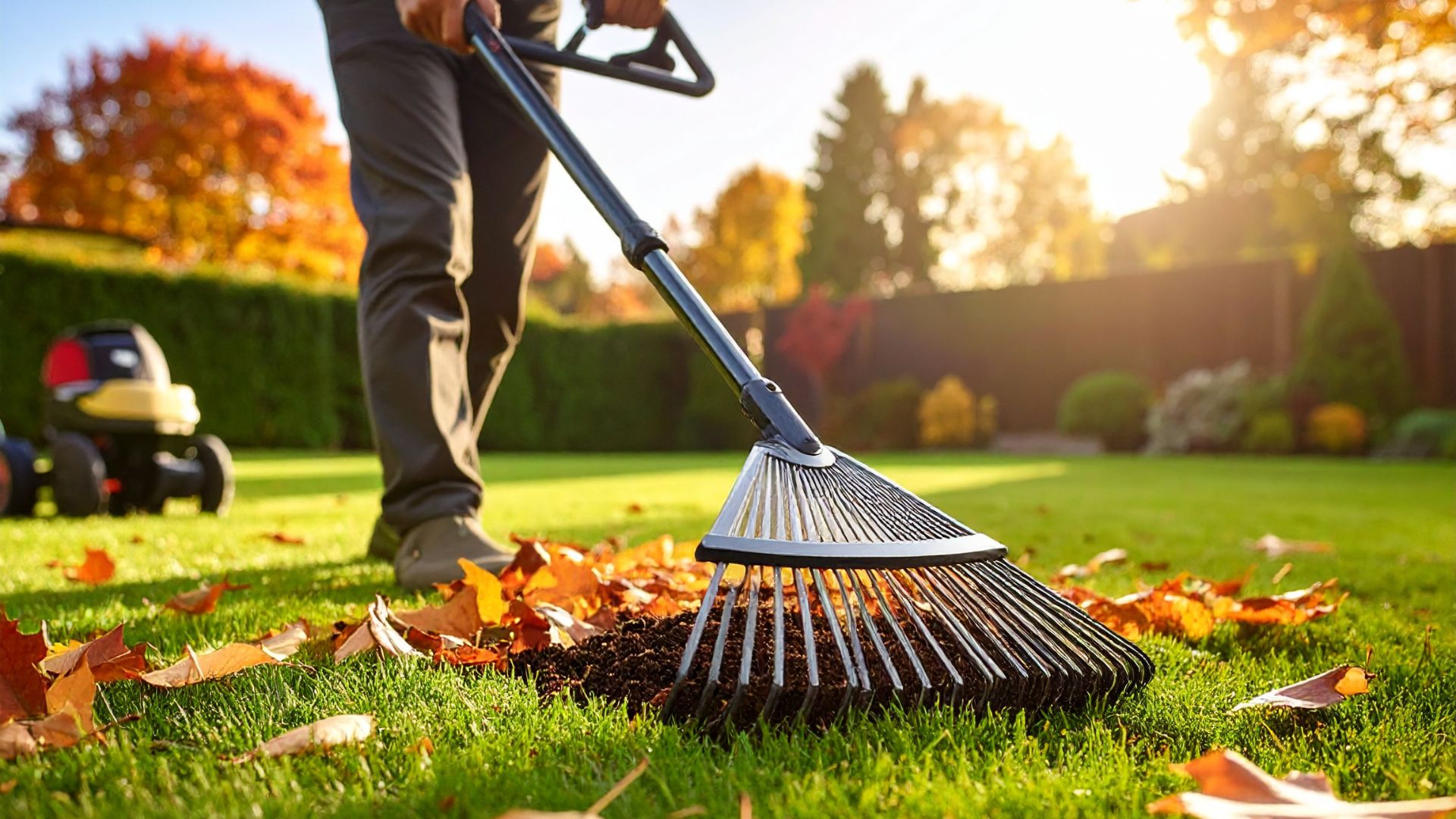
If your lawn feels hard underfoot or water tends to sit on the surface, aeration and dethatching may be necessary.
Not every lawn needs this step, but if yours does, it can make a big difference:
This extra step creates a better environment for seed germination and deeper root growth.

Thin or bare areas often need a little more attention to ensure the seed settles and takes hold. A quick surface prep can go a long way in these areas:
Prepping these patches ensures they fill in evenly with the rest of your lawn.
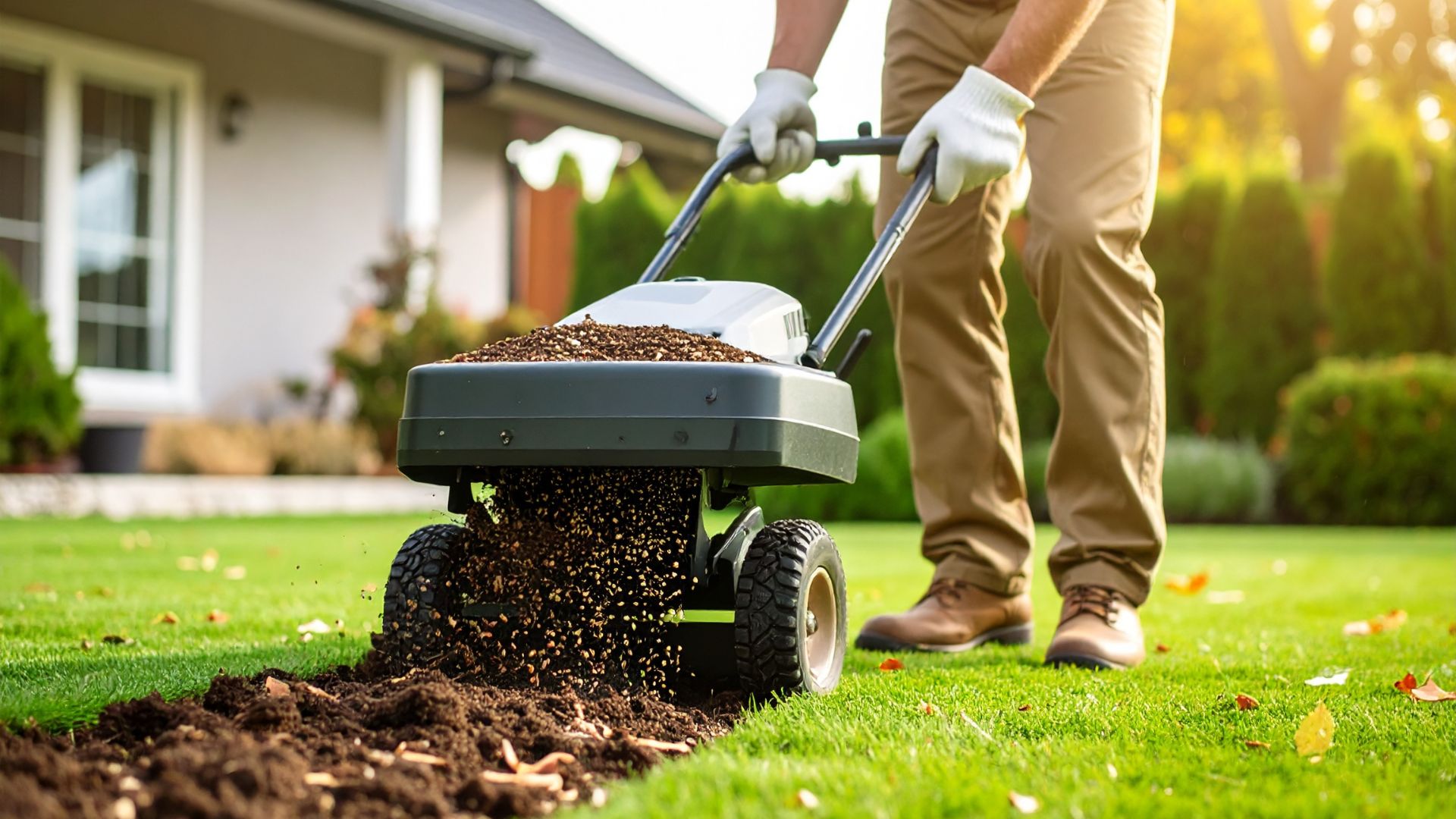
Even application is key to achieving consistent coverage and avoiding patchy results.
You'll want to match your spreading method to your lawn size:
Take your time with this step so that every part of your lawn gets the seed it needs.
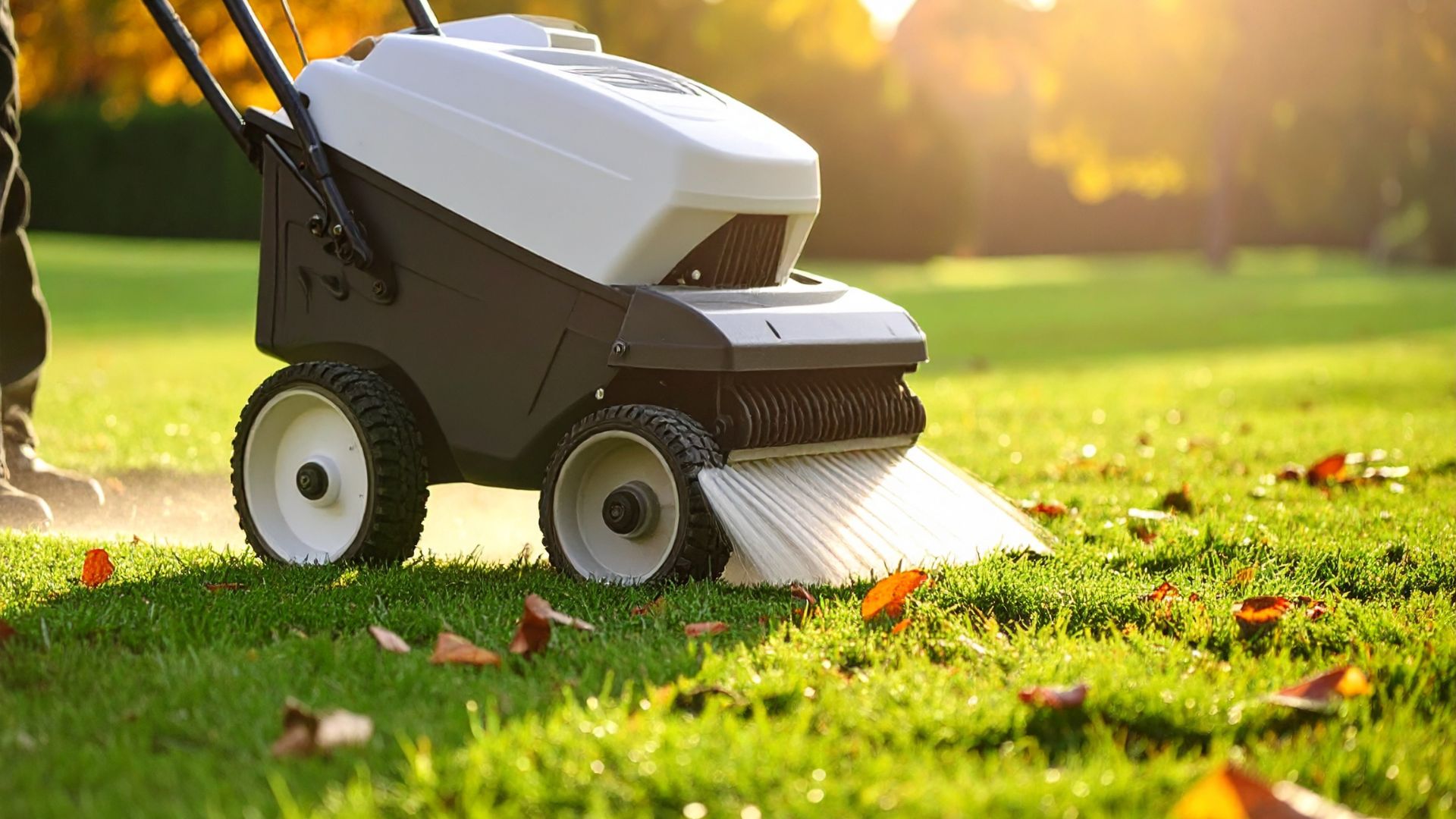
Feeding your seedlings early helps them develop a strong root system and accelerates growth.
Make sure to use a fall-friendly fertilizer that won't interfere with germination:
Fertilizing at this stage supports the quicker and thicker establishment of new grass.

Moisture is one of the most critical parts of successful overseeding. Seedlings won't survive dry spells, so keep the soil consistently damp during germination:
Consistent watering helps your new grass grow thick, healthy, and uniform.
Overseeding in the fall doesn't require a complex setup; it just requires steady care, the right materials, and a bit of patience. By following each step with attention, you give your lawn the best chance to grow back fuller, greener, and more resilient for the seasons ahead.

Once your new grass begins to grow, proper aftercare is just as important as the initial steps. These final tips help protect young seedlings and encourage strong, lasting growth.
Even after germination, your lawn is still in a delicate stage. A few minor adjustments can make a big difference:
These habits help ensure your newly overseeded lawn stays healthy and well-rooted as it transitions into winter.
Overseeding in fall is one of the most effective ways to revitalize your lawn, as it fills in bare patches, thickens thinning areas, and builds a stronger foundation for seasons to come. By selecting the right grass seed, preparing your lawn correctly, and consistently caring for your seedlings, you can restore your yard’s health and beauty before winter arrives.
At Percy’s Lawn Care, we understand that timing and technique make all the difference when it comes to overseeding. With over two generations of hands-on experience, we offer a thoughtful, personalized approach rooted in family values and expert care.
Since 1999, we’ve been proud to serve the communities of Buffalo, Amherst, and Cheektowaga with precision, sustainability, and ongoing support. Whether you’re overseeding this fall or planning long-term lawn care, our custom solutions are designed to fit your space, your needs, and your goals.
Ready to give your lawn the boost it needs? Contact us today, we’re here to help you grow a lawn you’ll be proud of.
1. Why is fall the best time to overseed my lawn?
Fall offers the perfect combination of warm soil, cool air, and increased moisture, which helps cool-season grass seed germinate quickly and grow strong. Weed growth also slows down in fall, giving your new grass less competition and a better chance to establish itself before winter.
2. How far in advance should I overseed before frost?
It’s best to overseed at least 45 days before your area’s first expected frost. This gives your grass seedlings enough time to develop healthy roots and gain strength before the cold weather sets in.
3. Is it necessary to aerate or dethatch before seeding?
Aeration and dethatching are not always necessary, but they can make a significant difference if your lawn is compacted or has a thick thatch buildup. These practices enable air, water, and nutrients to reach the soil, thereby improving seed-to-soil contact and promoting better germination and root development.
4. What’s the best watering schedule after overseeding?
Water the soil lightly once or twice a day to keep it consistently moist during germination. As the new grass begins to grow, reduce the frequency of watering but increase the depth. Keeping the soil evenly moist for the first two to three weeks is crucial to help the roots develop and the seedlings thrive.
5. How do I know if I should overseed or reseed?
Overseeding is the best option when your lawn is generally healthy but has areas that are bare or thinning. It strengthens and thickens the lawn without requiring a complete overhaul. Reseeding is a more intensive process and is usually necessary when the lawn is severely damaged, mostly bare, or overrun with weeds, necessitating a complete restart.